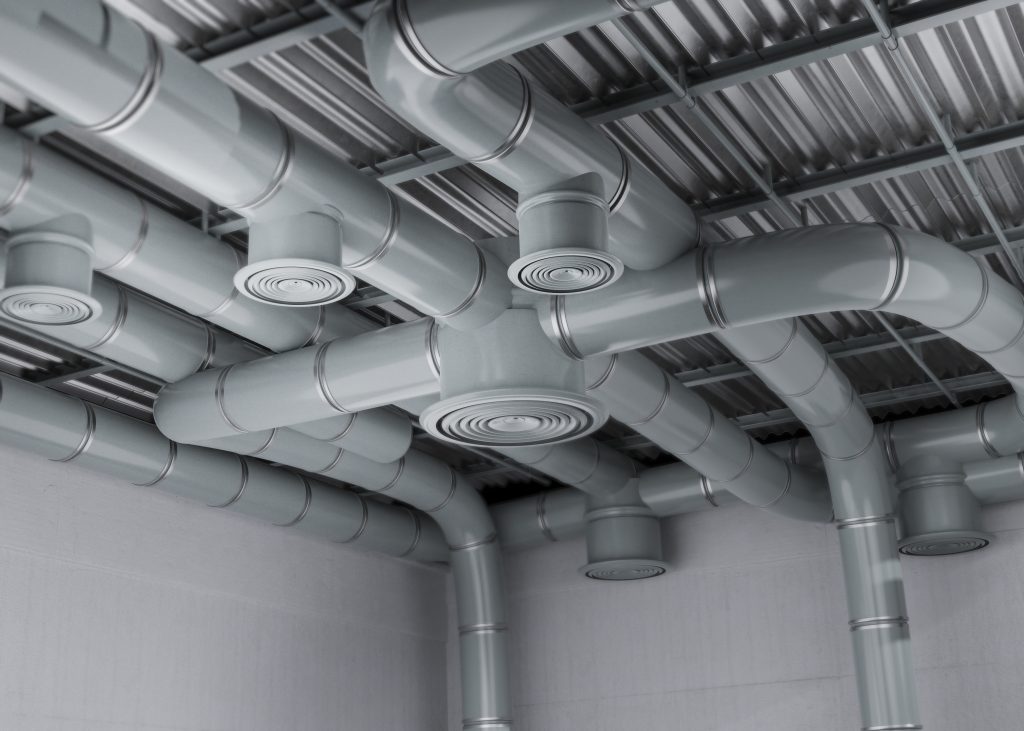Introduction: Why Air Ventilation Matters More Than Ever
Indoor air quality isn’t just about comfort, it’s about health, efficiency, and longevity of your home. Poor air circulation can lead to mold growth, increased allergens, and even structural damage. That’s why air ventilation installation is an essential upgrade for homeowners looking to improve both comfort and energy performance.
In this blog, we’ll break down everything homeowners need to know about air ventilation from types and benefits to installation processes and maintenance tips.
What Is Air Ventilation Installation?
Air ventilation installation involves implementing systems that control the flow of air into and out of a home. These systems help regulate temperature, reduce humidity, and prevent airborne contaminants from accumulating.
There are three main types of ventilation:
- Natural ventilation (open windows, vents)
- Mechanical ventilation (exhaust fans, HRVs, ERVs)
- Hybrid systems (combining both natural and mechanical solutions)
Why Proper Ventilation Is Crucial for Your Home
Without proper ventilation, your home becomes a breeding ground for:
- Moisture and mold (especially in areas like basements or crawl spaces)
- Unpleasant odors and stale air
- High energy bills due to inefficient air flow
A well-executed air ventilation installation reduces these issues by balancing intake and exhaust for cleaner, healthier indoor air.
Types of Air Ventilation Systems for Homes
1. Exhaust Ventilation Systems
These systems remove indoor air from specific areas (like bathrooms or kitchens) and allow fresh air to enter passively through vents.
2. Supply Ventilation Systems
These systems bring in outdoor air, pressurizing the home. This setup helps push stale air out naturally.
3. Balanced Ventilation Systems
Best for cold climates like New England, these systems include Heat Recovery Ventilators (HRVs) or Energy Recovery Ventilators (ERVs). They exchange stale indoor air with fresh outdoor air while maintaining energy efficiency.
Pro Tip: Pairing air ventilation systems with crawl space insulation services provides an airtight barrier, improving indoor air quality and preventing moisture issues.
Signs You Need Air Ventilation Installation
- Excessive humidity or condensation on windows
- Persistent musty smells
- Mold appearing in corners or crawl spaces
- Allergy symptoms or respiratory issues
- High energy bills despite weatherproofing
If you’re seeing any of these signs, it’s time to consider a expert air ventilation installation.
The Air Ventilation Installation Process Explained
Here’s what a professional installation looks like:
- Inspection & Assessment: Experts evaluate your home’s current airflow and any ventilation-related issues.
- System Recommendation: Based on your home size, climate, and needs, you’ll get a tailored solution (HRV, ERV, exhaust fan, etc.).
- Sealing & Preparation: Air leaks are sealed (especially around crawl spaces or attics) to ensure maximum efficiency.
- Installation: Vents, ducts, and systems are installed following local codes and building standards.
- Testing: Final airflow tests ensure the system performs as designed.
Integrating Air Ventilation With Other Home Systems
Ventilation works best when combined with:
- Crawl Space Insulation: Prevents ground moisture and unfiltered air from seeping into living spaces.
- Attic Insulation: Stops heated air from becoming trapped, reducing energy loss.
- Dehumidification Systems: Removes excess moisture and boosts ventilation efficiency.
When installed as a system, these upgrades drastically improve both comfort and HVAC performance.
Energy Savings from Proper Air Ventilation
Homeowners who install home ventilation systems typically see:
- 10–15% reductions in heating and cooling costs
- Longer HVAC equipment lifespan
- Fewer mold and allergy-related health expenses
Modern systems like HRVs and ERVs transfer up to 80% of indoor heat or coolness to incoming air, making them incredibly efficient for both summer and winter.
DIY vs. Professional Air Ventilation Installation
While small improvements like exhaust fans are DIY-friendly, full-home ventilation systems should always be installed by certified professionals. Improper installation may:
- Void warranties
- Cause more air leakage
- Lead to ineffective airflow
WeatherTek Insulation provides code-compliant air ventilation installation that integrates with your insulation and HVAC systems for maximum benefit.
Maintenance Tips for Long-Term Performance
- Clean filters every 2–3 months
- Inspect ducts and fans annually for debris
- Seal gaps around windows, doors, and insulation
- Test airflow using an anemometer or professional service
Regular maintenance not only keeps the air fresh but also prolongs the life of your system.
How WeatherTek Insulation Can Help
At WeatherTek, we don’t just insulate—we optimize your home’s entire building envelope. Our experts:
- Install high-performance home ventilation systems
- Seal crawl spaces with precision insulation
- Offer free consultations and airflow testing
- Help you qualify for local rebates and energy incentives
FAQs: Air Ventilation Installation
Q1: How long does air ventilation installation take?
A basic system can be installed in 1–2 days. More complex setups (like HRVs) may take 3–5 days depending on home size and layout.
Q2: What’s the best ventilation system for humid climates?
Energy Recovery Ventilators (ERVs) are best for humid climates as they control both heat and moisture during air exchange.
Q3: Can air ventilation installation reduce mold?
Yes. By controlling moisture and air movement, proper ventilation significantly reduces mold risks—especially when paired with crawl space insulation.
Q4: Is it necessary to insulate before installing ventilation?
Not always, but it is highly recommended. Insulation and ventilation work together to ensure balanced temperatures and reduce condensation.
Q5: How much does a ventilation system cost?
Prices range from $1,200 to $5,000 depending on the system type, home size, and local labor rates. WeatherTek offers competitive quotes and financing options.
Conclusion: Breathe Easy with Professional Air Ventilation Installation
When it comes to your family’s health, safety, and comfort, air quality should never be an afterthought. Investing in a high-quality air ventilation installation is one of the smartest decisions you can make for your home and your wallet.
Whether you’re battling moisture, mold, or high energy costs, WeatherTek Insulation is here to help.
Ready for a healthier, more energy-efficient home?
Contact WeatherTek today for a free ventilation consultation and estimate.



